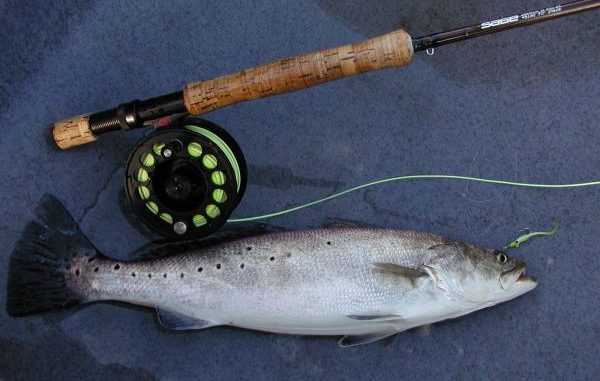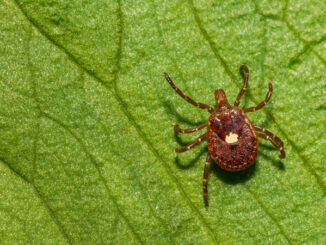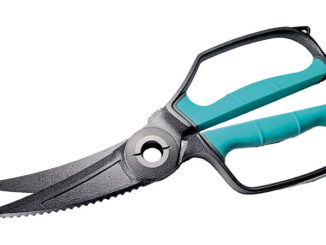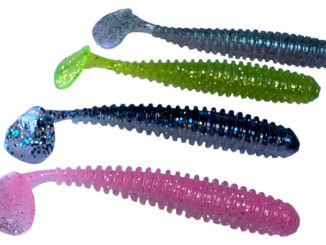
Coastal species offer higher learning
A recent study found that the average age of college students is on the rise. Over 38 percent are now 25 or older.
Allan Stewart of Australia is definitely skewing the stats. The 97-year-old just graduated from Southern Cross University with a degree in clinical science.
Let’s hope he doesn’t have a student loan to pay off.
Turns out Stewart had earned a degree in dentistry in 1936, and had been practicing in the field until his retirement.
Going back to college at this age was a means of keeping himself mentally active. Since his retirement, he’s earned three degrees — including a law degree at age 91.
Mr. Stewart would’ve done just as well if he’d taken up fly fishing. Education is a constant in our sport; you never stop learning. Especially with respect to saltwater.
Early in my saltwater days, I was told you needed an anodized reel with a good drag for saltwater fishing.
What I didn’t know — or wasn’t told — was that the type of drag was important.
For many years, I caught countless reds, specks and other inshore species on a reel that was considered great for the money.
Then, on a family trip to Pensacola, I was wade-fishing just before sunrise when I spotted a large flash swallow my Cinco Shrimp just a few yards away.
In the blink of an eye that fish was into my backing, and was still peeling off line at an enormous rate of speed. As I watched my line go out, I looked up about a hundred yards to the right and spotted a huge king mackeral go airborne.
Perhaps it was the shock of seeing this huge fish, but I didn’t notice the bird nest on my reel. At that moment, the line jammed and the fish broke off.
I doubt I could’ve landed that fish. I’m not sure how he managed to not cut my leader. But at least the fight would’ve lasted longer if the reel had a center-line drag, instead of an offset drag.
We live and learn. So do the manufacturers. It’s near impossible to find a saltwater fly reel with an offset drag these days.
Knowing the tackle to use is only part of the skillset.
Cormier’s Fourth Law of Fly Fishing states that “good casting leads to good catching.”
There are numerous opportunities through area clubs, fly shops and events to learn how to properly cast a fly rod.
But even good casters get frustrated in saltwater because they didn’t prepare for what comes after the fish is hooked.
At the clinics our local club conducts, we do an exercise where one person pretends to be a fish. That person is told to move in different directions and at different speeds.
The caster must adapt to each movement of the “fish” — whether to reel in or strip in line, or let line go using the palm of your hand for added drag, or what angle to apply side pressure.
This is an exercise you can do in your backyard or park with a family member or friend. It’s like getting a bachelor’s degree in fish fighting.
Leaders and knots for salt water require another curriculum program. Whereas a poorly tied knot or poorly constructed leader might work all day for bream, it has zero chance of lasting a day in the salt — unless you get skunked, of course.
I discovered long ago that fluorocarbon leaders are a must-have for clear water.
The best knot for fluoro leaders is the double Uni-knot. A similar knot, the Duncan loop, is what I use for terminal connections (tippet to fly). There are some good videos on Youtube that show how to tie these knots.
When fishing green or slightly dirty water, particularly over oyster reefs, a weighted fly suspended 2 feet (or more) under a VOSI always catches trout. The VOSI is the flyrodders’ popping cork — basically a cigar perch float cut in half.
You can improve your success with the VOSI and drop-fly by making a two-part leader about 6 to 8 feet long, with the tippet section (the part tied to the fly) about 3 feet long and made up of 12- or 14-pound fluorocarbon. Then place the VOSI below the connecting knot.
If you’re fishing the CCA STAR fly division this summer and want to catch bigger trout, topwater is one way to go.
But there’s another.
One of the top big-trout commie lures is the Corky designed by Paul Brown. There are somewhat similar-looking flies tied in wool or deer hair, that suspend just below the surface.
But as mentioned, saltwater fly-fishing is constant learning. When you think you found a solution, a better one comes along.
The same is true for attempts to imitate the Corky. The latest is using a Crease Fly and inserting nails into the gap between the foam layers, much like nails are inserted into the Corky to suspend that lure.
Meanwhile, research and development continues on the ultimate “Corky Fly.”


